Beijing Travel Tips: My Adventures in China’s Former Dynasty
Beijing has always been on my bucket list of travel adventures. Once the ancient capital of China during its dynasty rule more than 600 years ago, it has since become the modern capital of the superpower that is China.
Thanks to its unique position in history, Beijing has China’s most extraordinary collection of UNESCO World Heritage Sites. This attracted more than 140 million tourists in 2018. Not wanting to miss out on what Beijing has to offer, I decided to book a trip there myself!
If you’ve been planning a trip to Beijing too, read on and find out what this city has to offer!
Exploring Beijing

Climbing the Great Wall of China (and almost giving up)
Perhaps the most iconic tourist attraction in Beijing is the Great Wall of China. In addition to being a UNESCO World Heritage Site, it’s also one of the New Seven Wonders of the World.
Visiting the Great Wall of China was pretty easy: we took the nearest subway to the Jishuitan subway station and walked for 15 minutes to Deshengmen bus station. It’s hard to miss Deshengmen because it’s a gigantic ancient city gate which doubles as a landmark and bus station.
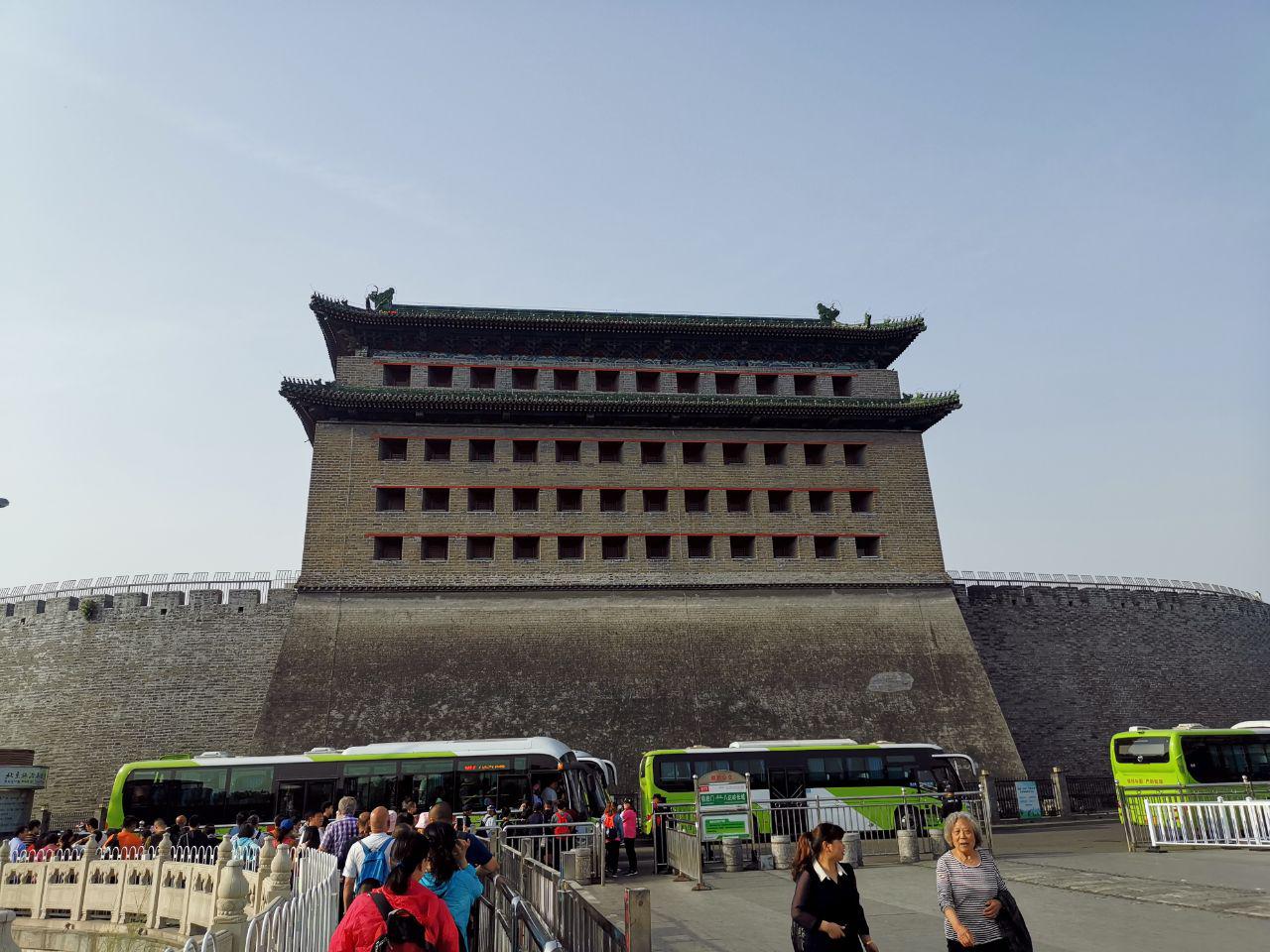
Here, we bought bus tickets directly to Badaling Great Wall which cost us less than SGD $10 each. Badaling Great Wall is the most well-preserved and complete section of the 21 km Great Wall of China, hence, also the most popular section among tourists and even world leaders. Barack Obama even visited it during his term as US President!
The bus ride took slightly over an hour and the lush scenery kept us company throughout the ride. As we approached the Great Wall of China, fortresses and watchtowers came into sight – we were finally going to see the world’s longest wall!
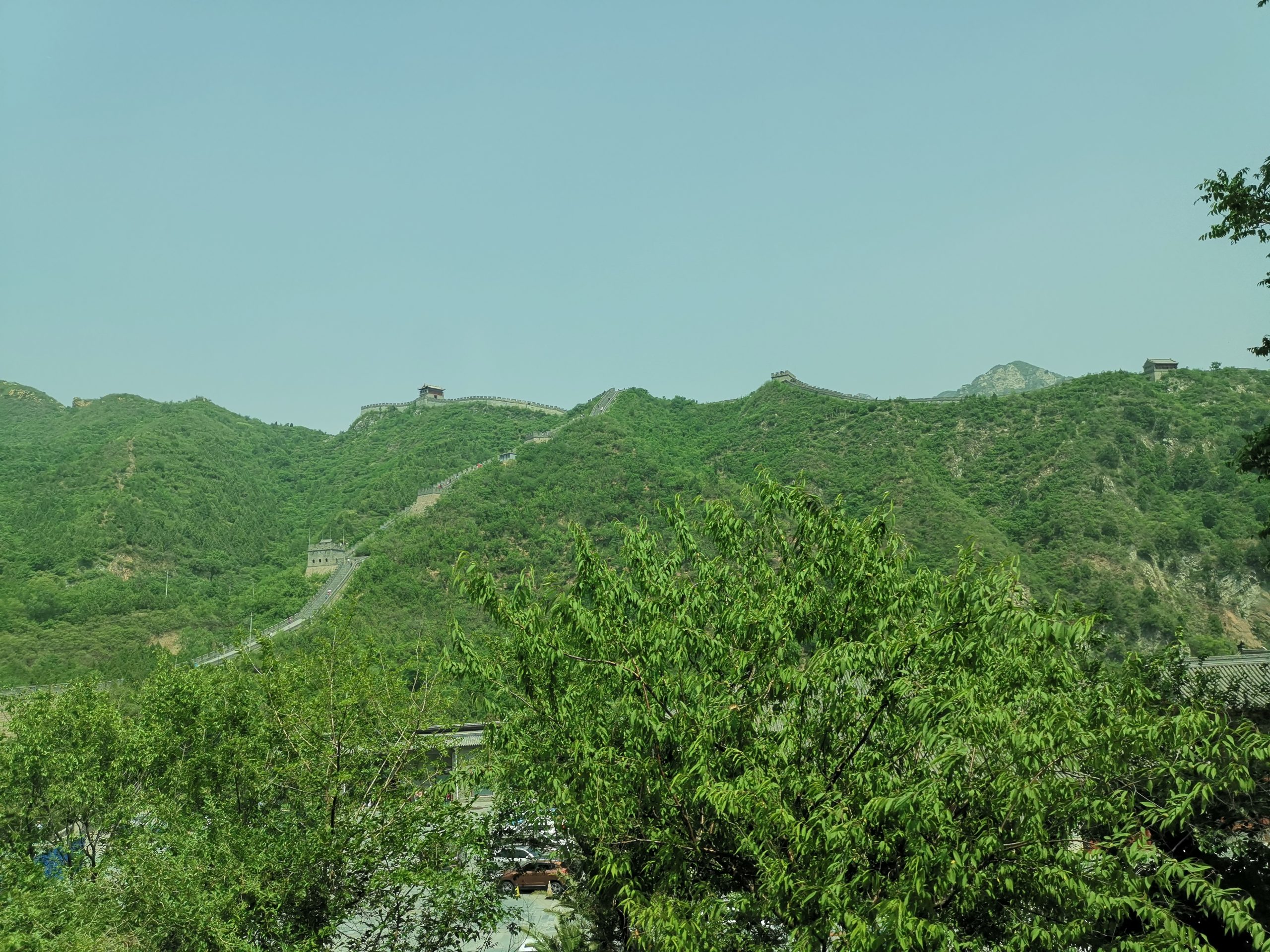
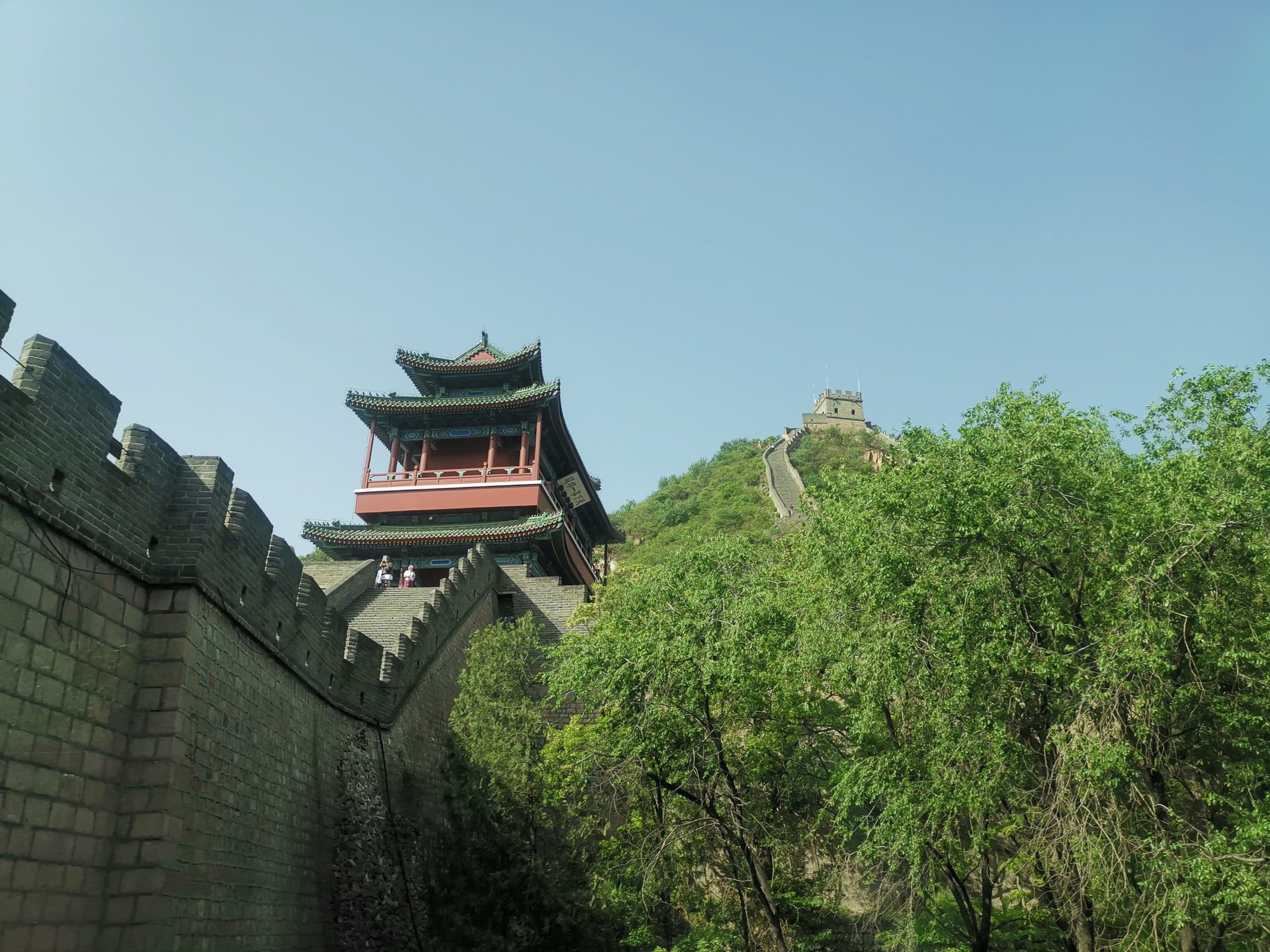
Upon reaching the entrance, we had to make a choice: take the left path or right path. The left provided the shorter climb, while the climb on the right side was longer and had a higher peak. Since we had made it this far, we decided it was worth going for the highest peak. Off we went on our 4-hour climb began right there!
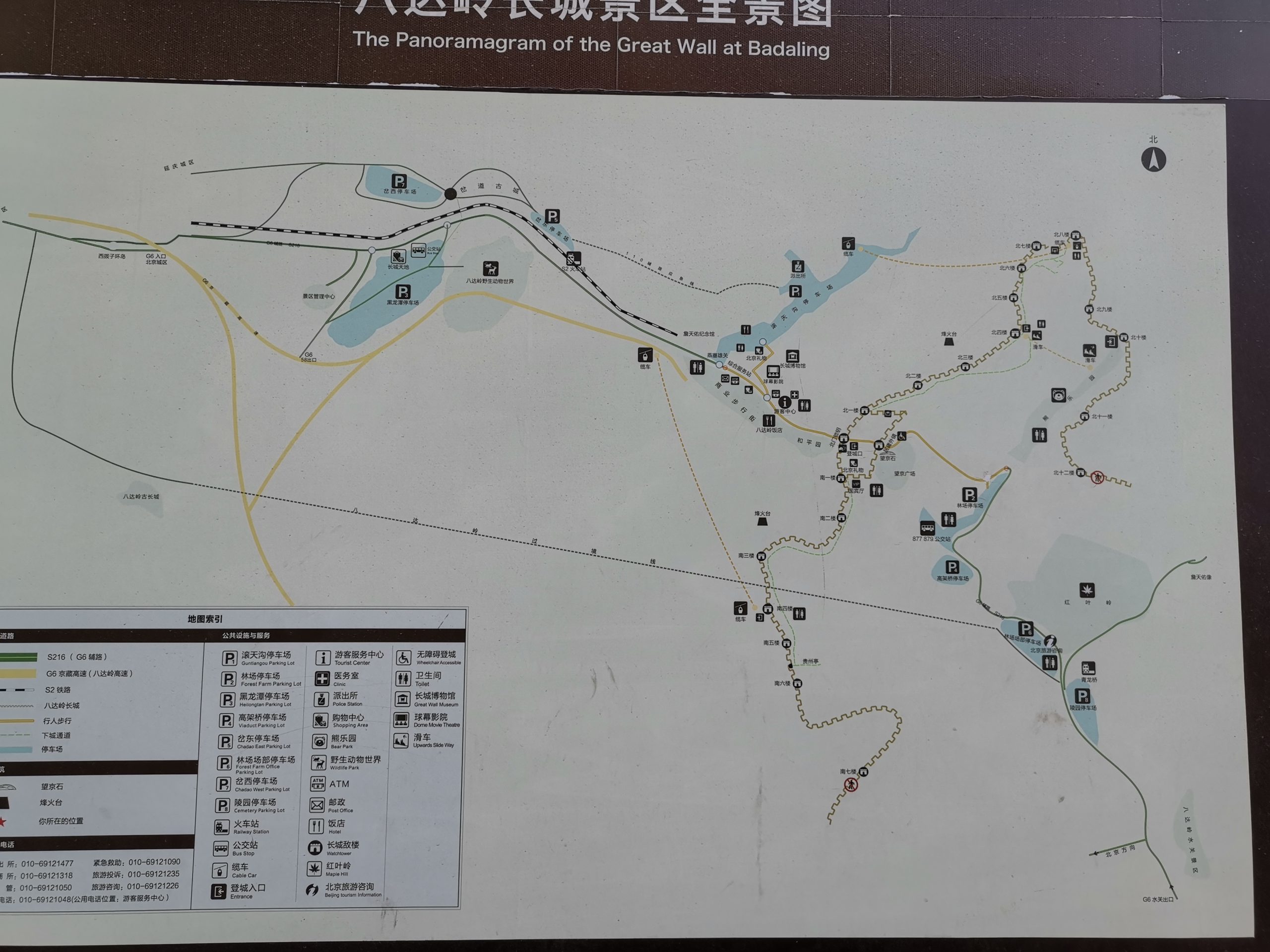
Along the way, we could admire the never-ending walls that stretched into the distance. I was struck by a sense of awe at how this behemoth of a structure was built. How did they manage to build this during the dynasty era where machinery was nonexistent?
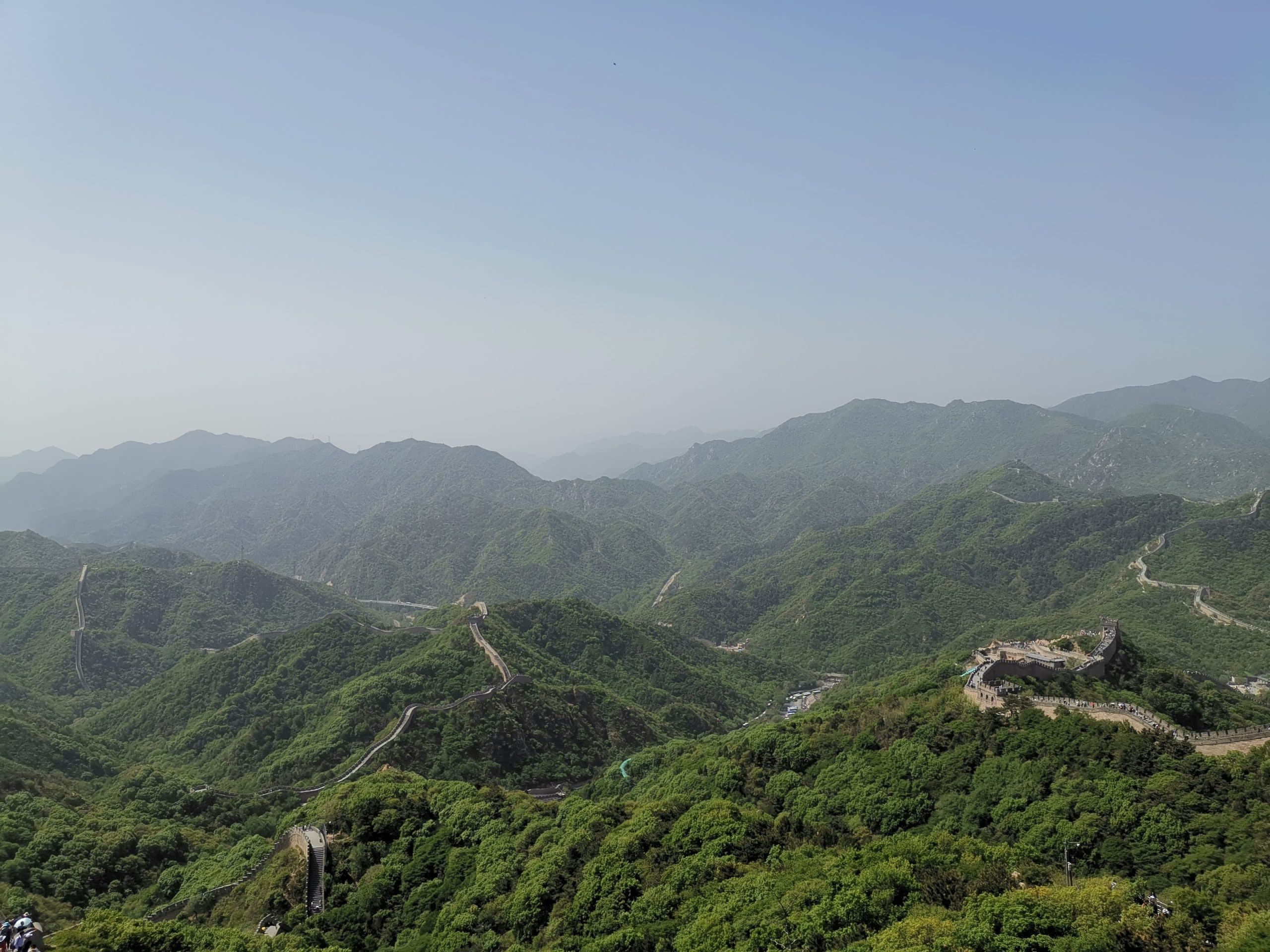
Halfway into the climb, some of us started feeling worn out and rest at one of the towers along the way. The steep steps and uneven slopes had taken a toll on our bodies. With some encouragement, however, we all got back up and started climbing again. By the 4-hour mark, we reached the peak!
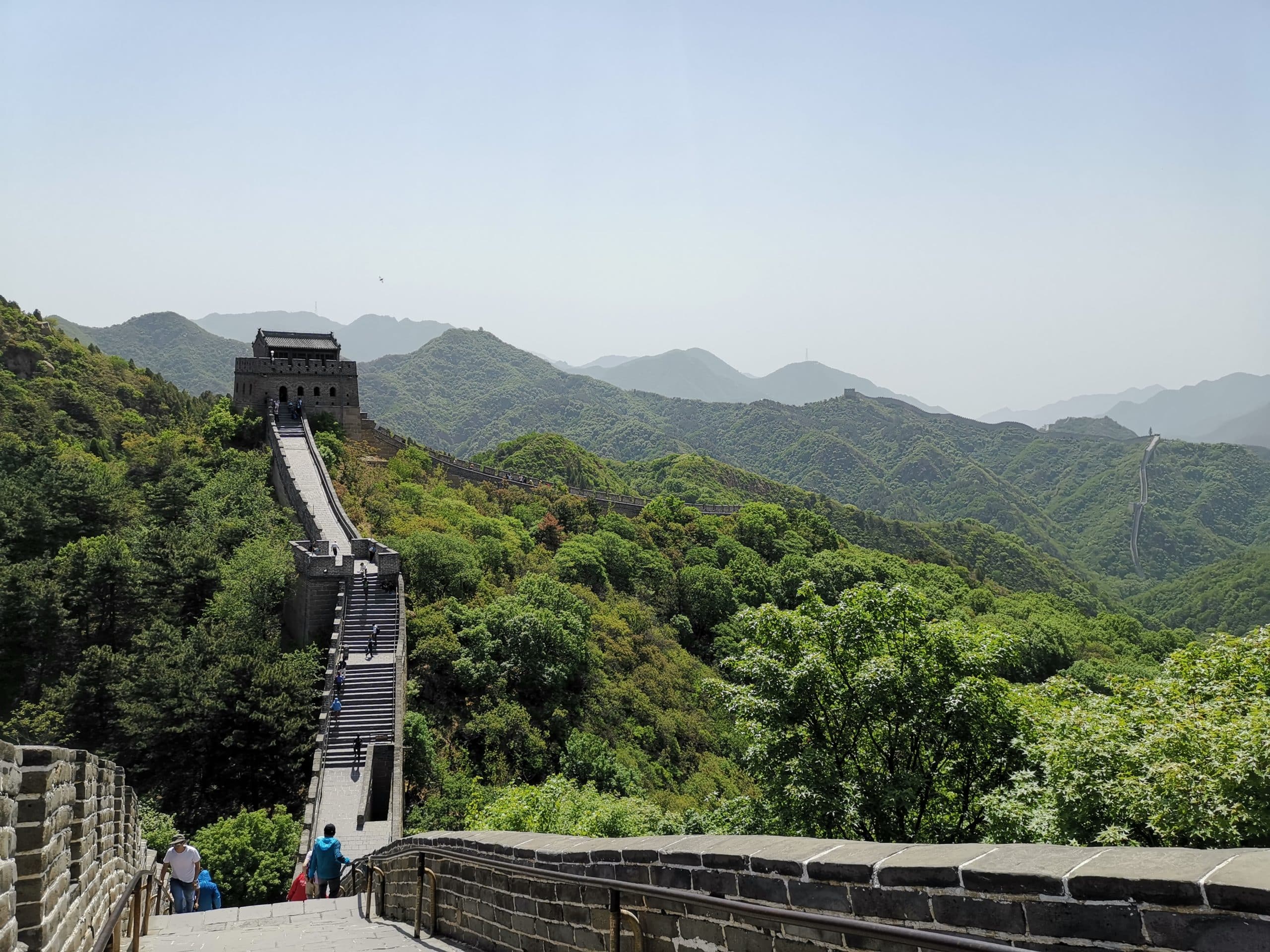
The sense of achievement was absolutely priceless. We had successfully climb one of the wonders of the world!
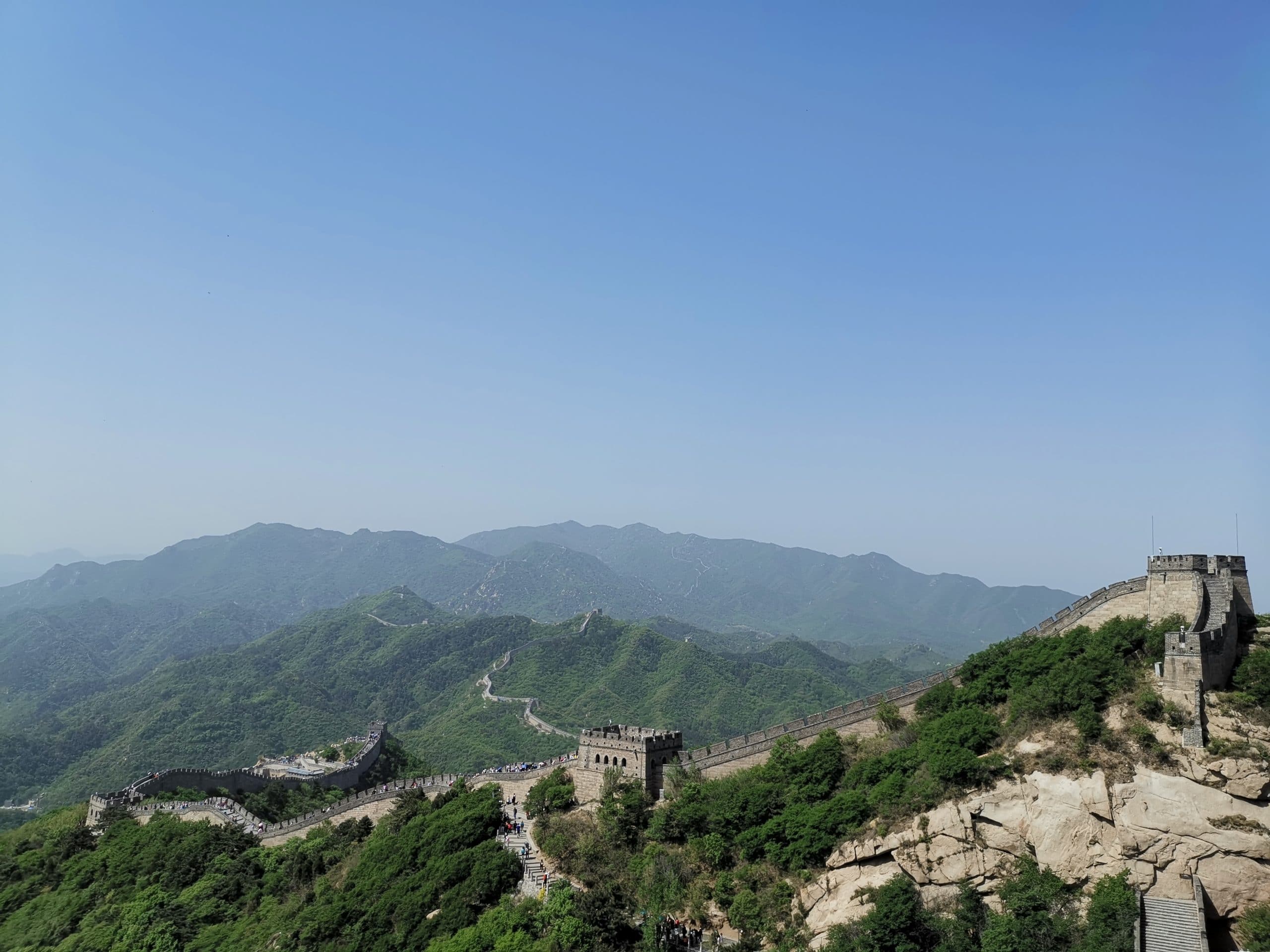
Tiananmen Square & The Portrait of Mao
Other than the Great Wall of China, Tiananmen Square is also another must-visit tourist attraction in Beijing.
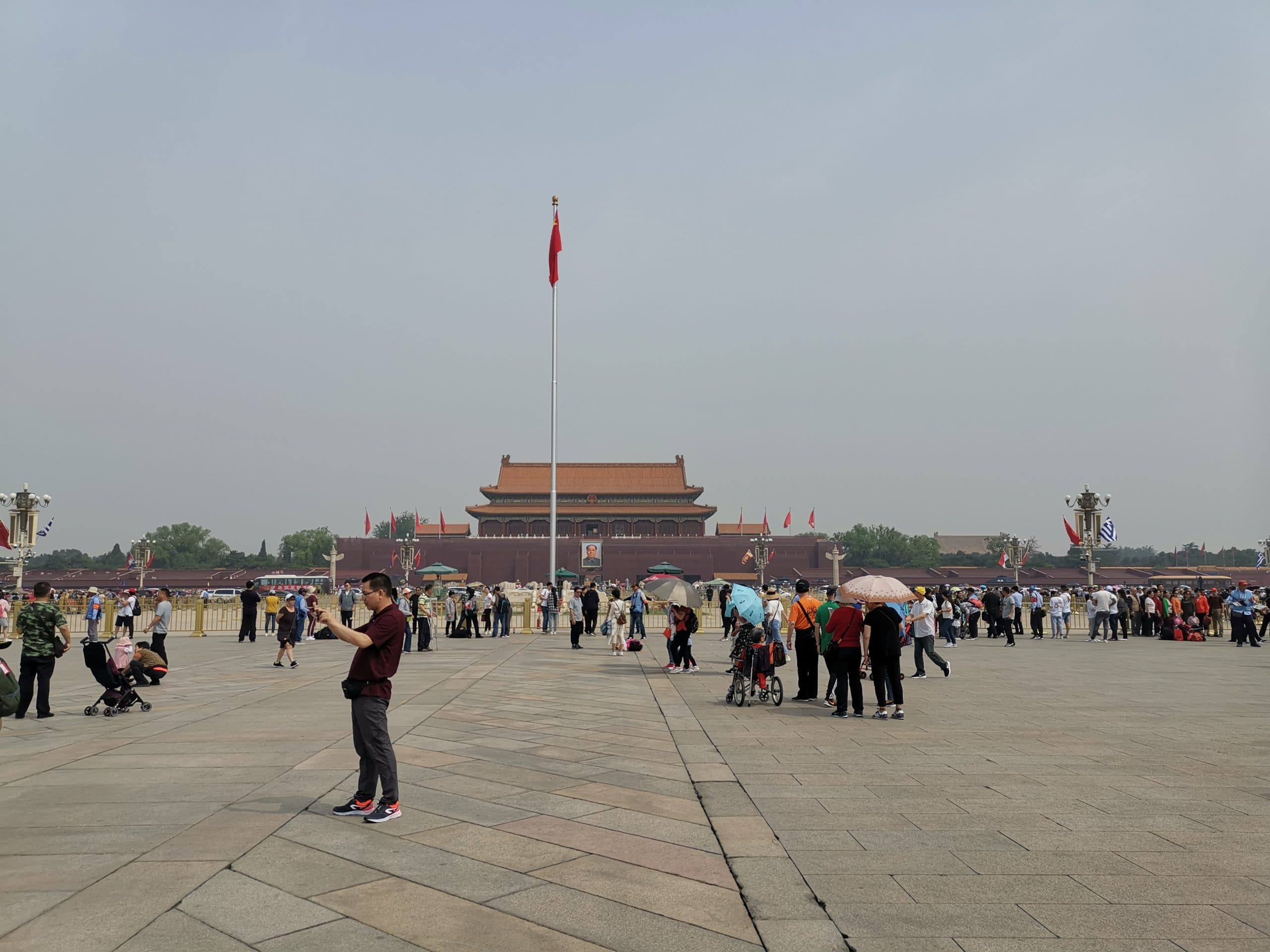
Like all tourists, we wanted a photo at Tiananmen Square with the humongous portrait of Mao Zedong.
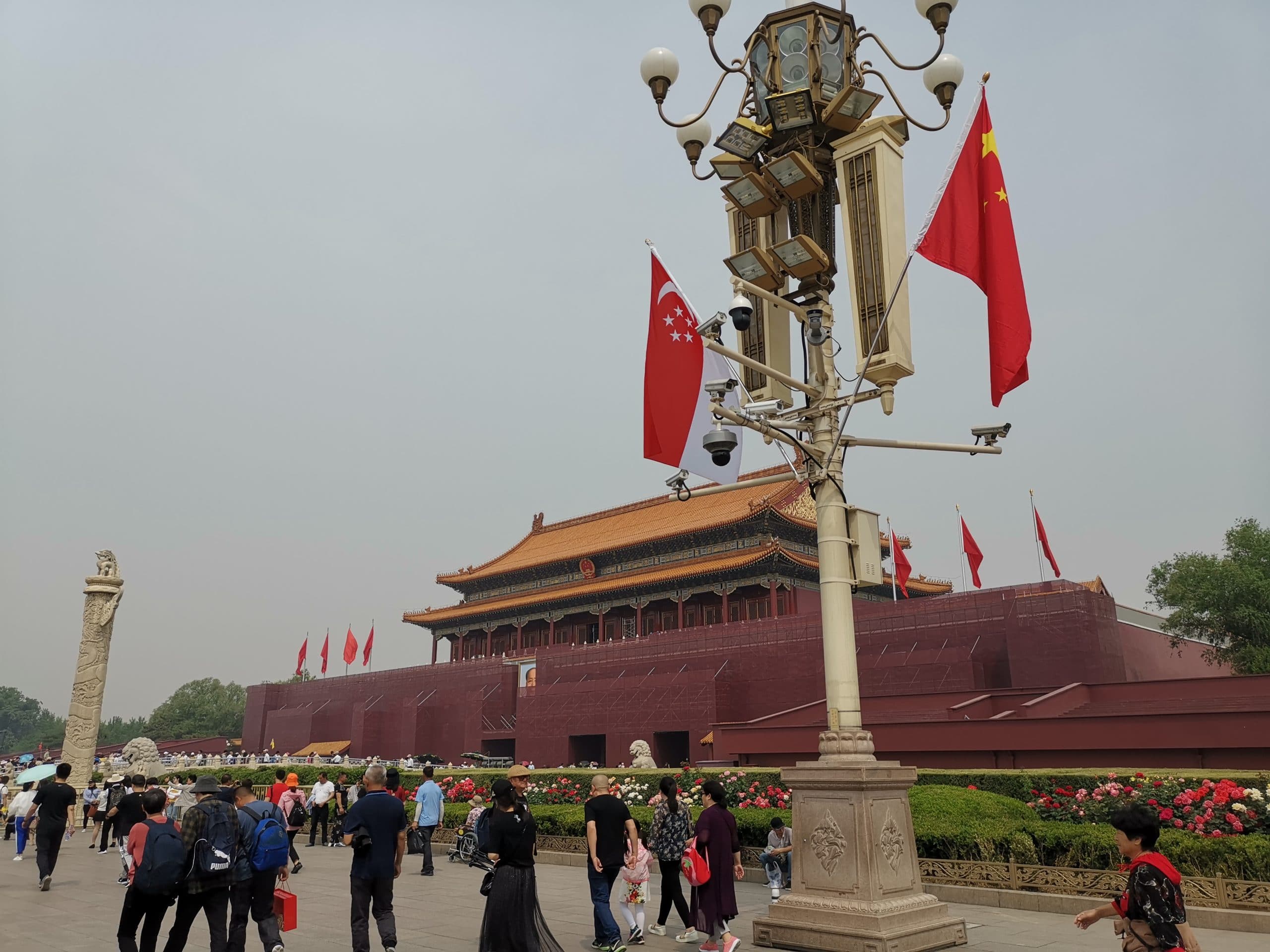
Unfortunately, it was under restoration when we arrived. Though, Mao’s portrait was still distinct. There were also many country flags on display along the square and we found Singapore’s! The displayed country flags were most probably representing trade partners from all around the world.
Forbidden City
After passing through Tiananmen Square, we arrived at the Forbidden City right behind Mao’s portrait. Completed in 1420, the Forbidden City was once the closely guarded palace of the ruling emperor.
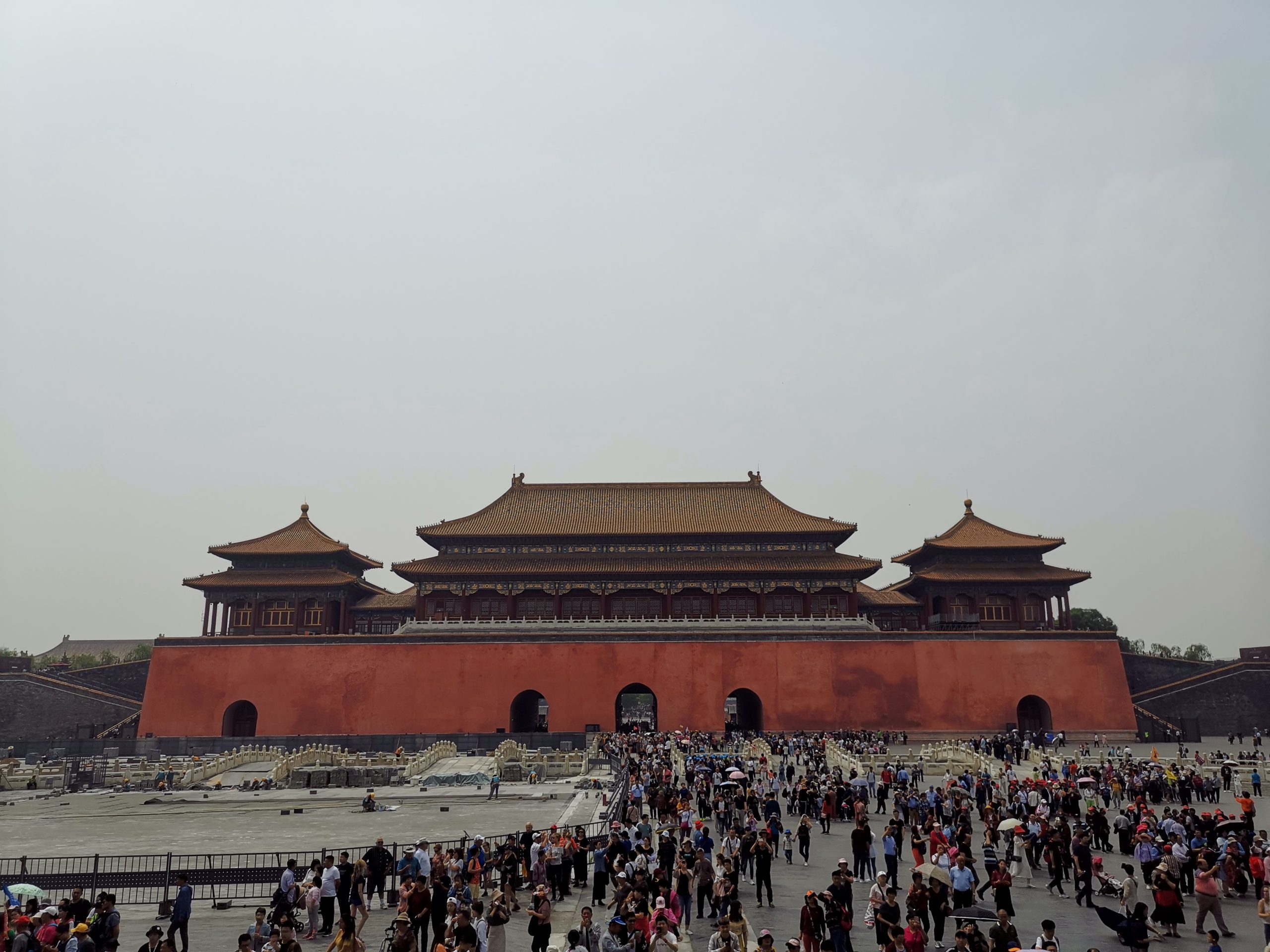
The massive 180-acre palace (equivalent to 136 football fields) consisted of more than 90 palaces and courtyards, close to 1000 buildings, and 9999 rooms!
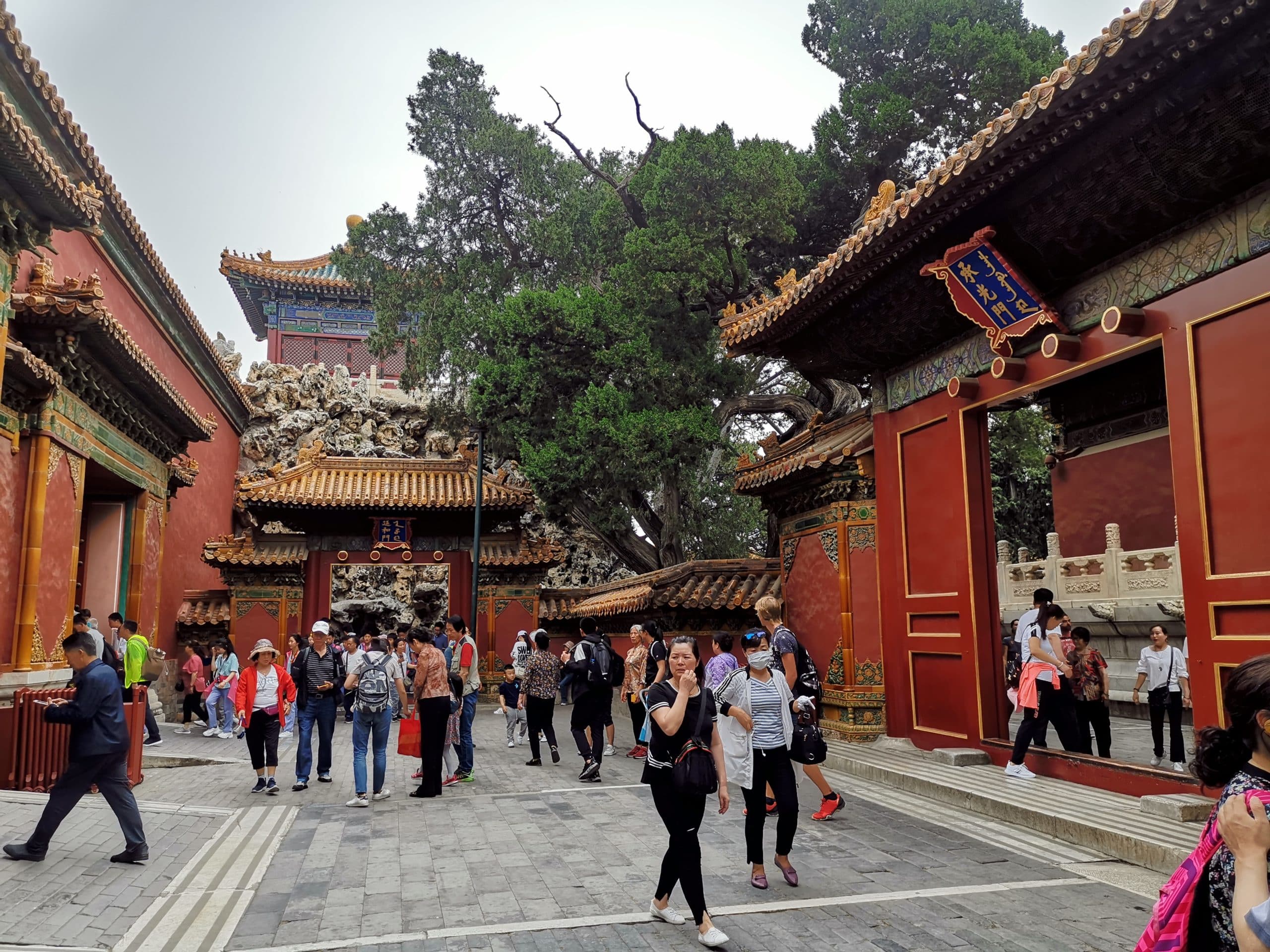
Although partially destroyed and looted over centuries of war, the Forbidden City has since been restored by the Chinese government. These days, its a museum and UNESCO World Heritage Site where tourists can immerse themselves in the history of the dynasties.
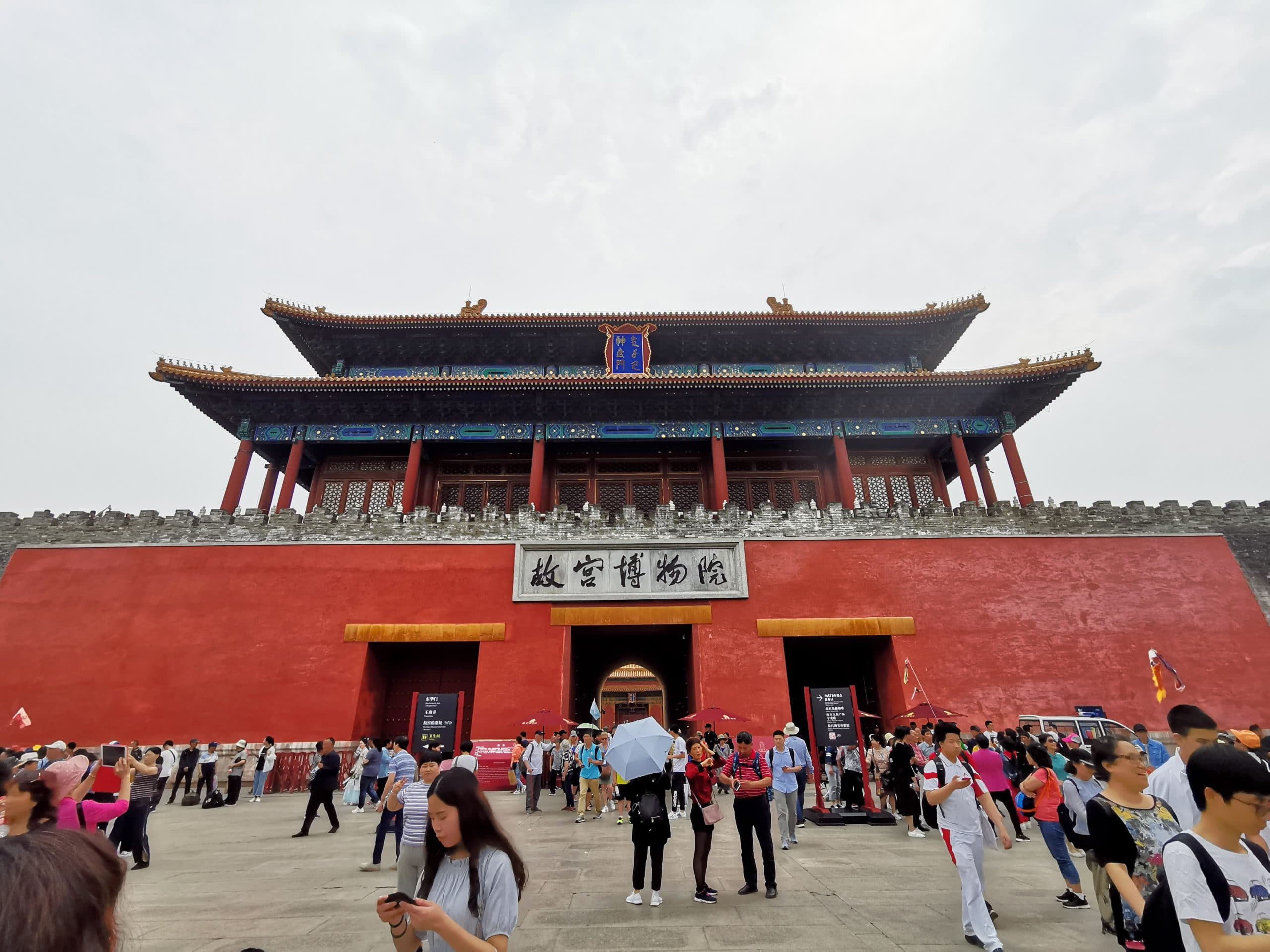
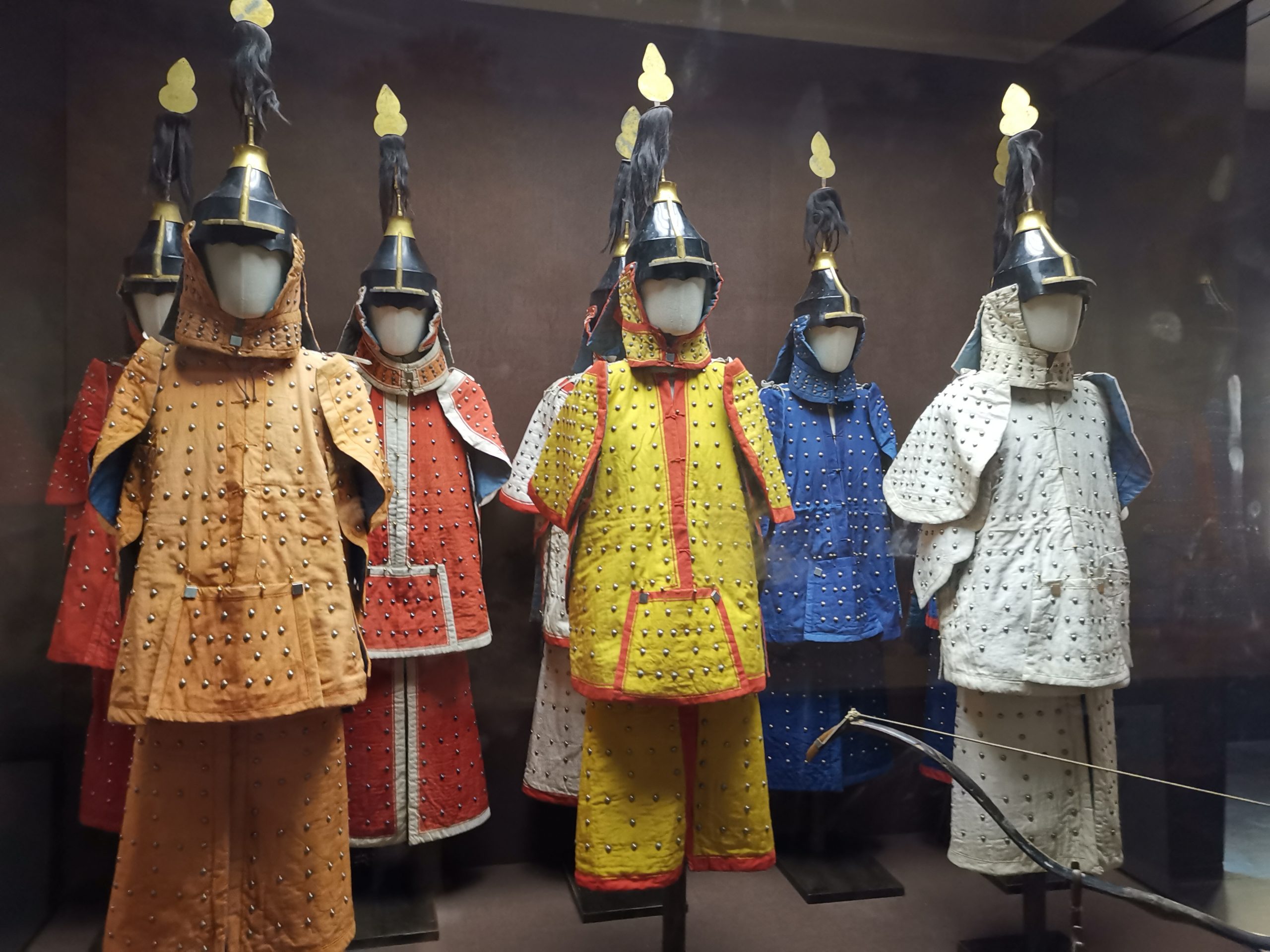
We heard that we could get a vantage point of the Forbidden City right ahead, so up we went. After a long and tiring climb, we got to the top and the view was indeed incredible.
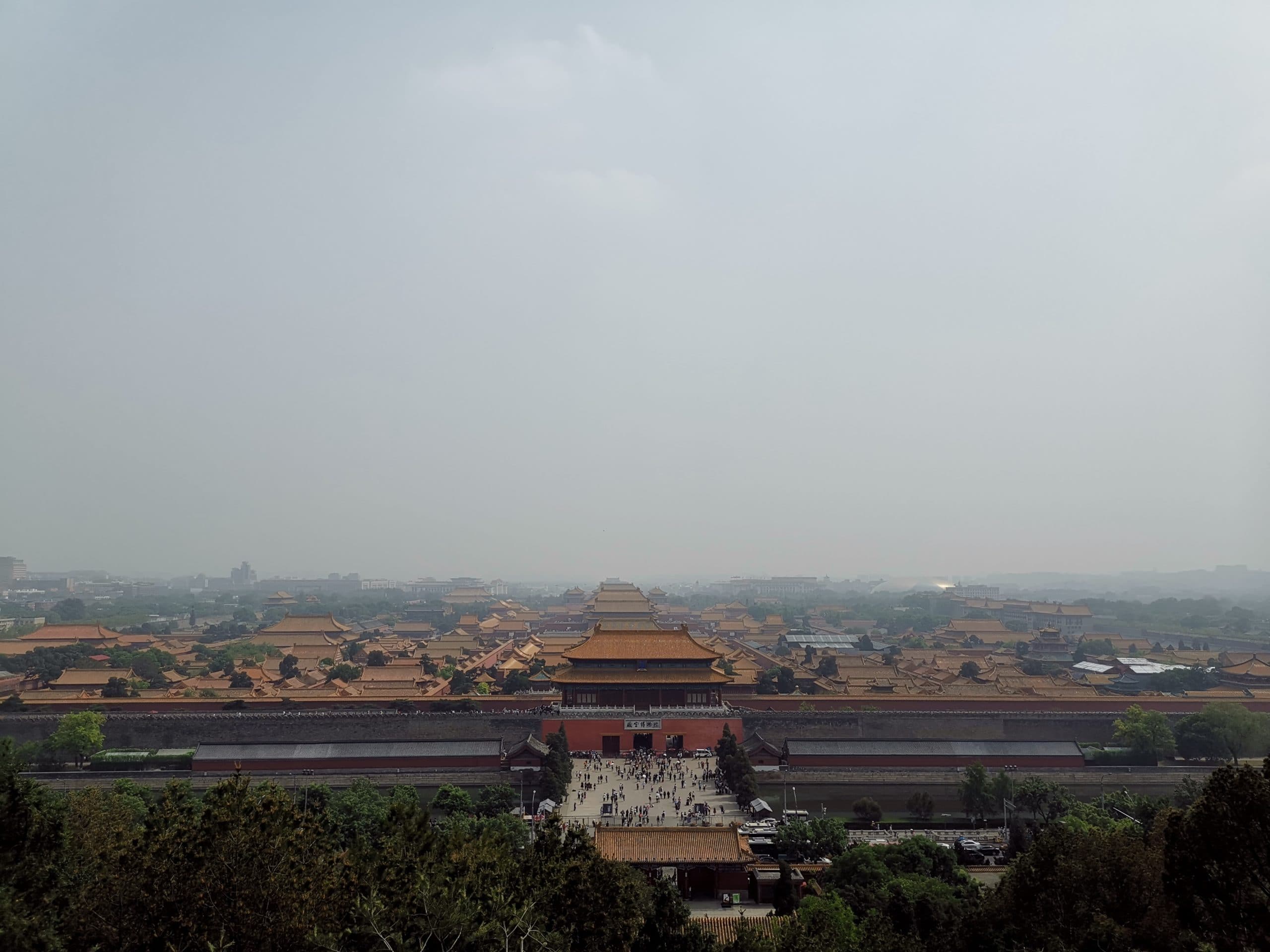
Temple of Heaven
Just a 15-minute taxi ride away was another UNESCO World Heritage Site, the Temple of Heaven, an imperial grounds of religious buildings where emperors visited for yearly sacred ceremonies and prayers.
Built in 1420, the religious complex stands at 674 acres which is 4 times larger than the Forbidden City itself. The massive complex has multiple buildings, but the three main altars are the Hall of Prayer for Good Harvests, Imperial Vault of Heaven, and Circular Mound Altar.
Fun fact: The Hall of Prayer for Good Harvests is one of the biggest wooden structures in medieval history constructed without nails! It stands at 38 metres tall and 36 metres wide.
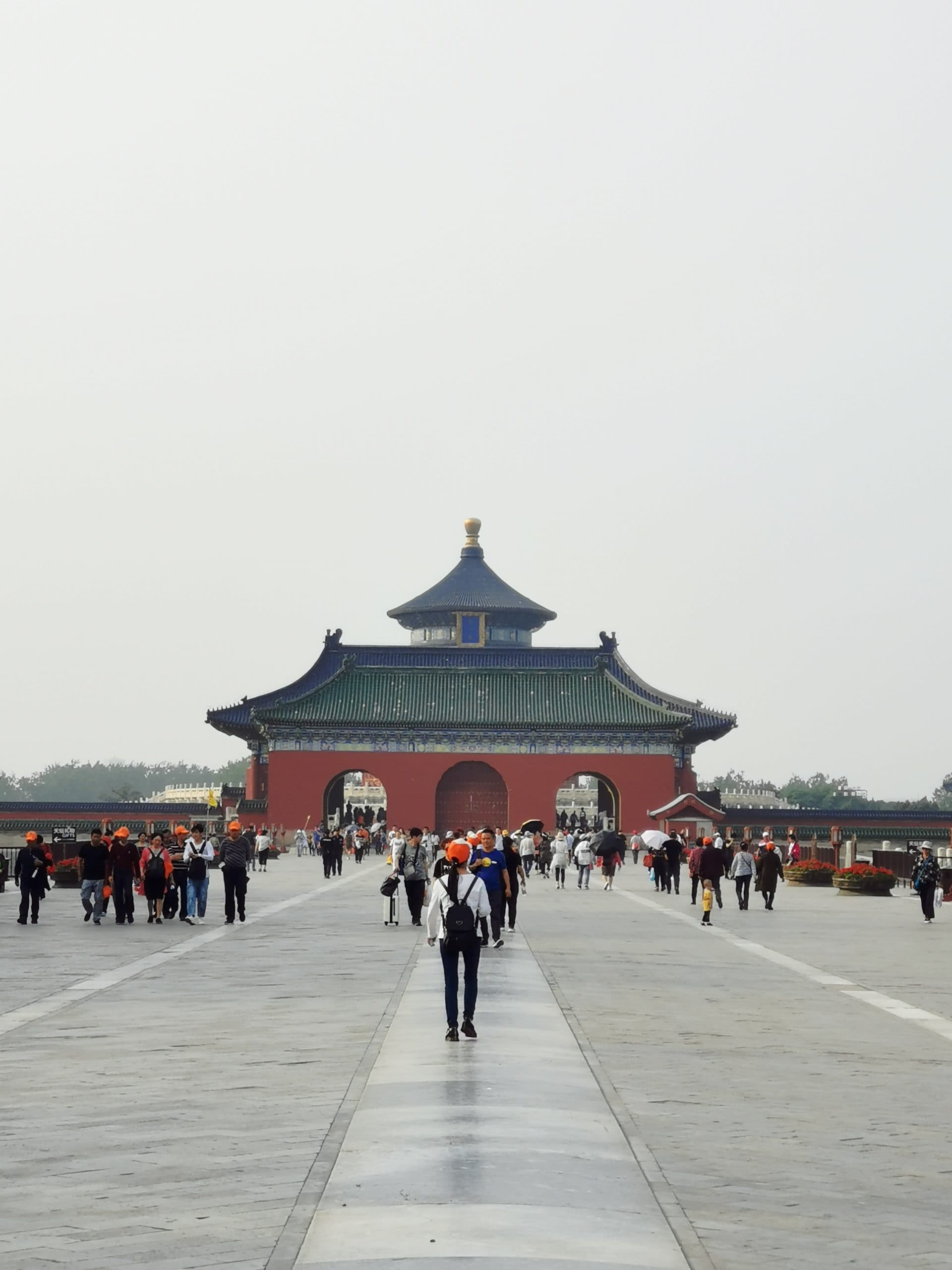
Unfortunately, when we arrived at 4.30pm, ticketing was already closed. Sigh!
Summer Palace
Another must-visit attraction in Beijing is the Summer Palace, also a UNESCO World Heritage Site. Located about 20 km from Beijing’s city centre, we took a 30-minute taxi ride instead of the metro. If you prefer to take the subway, you can get off at Beigongmen subway station!
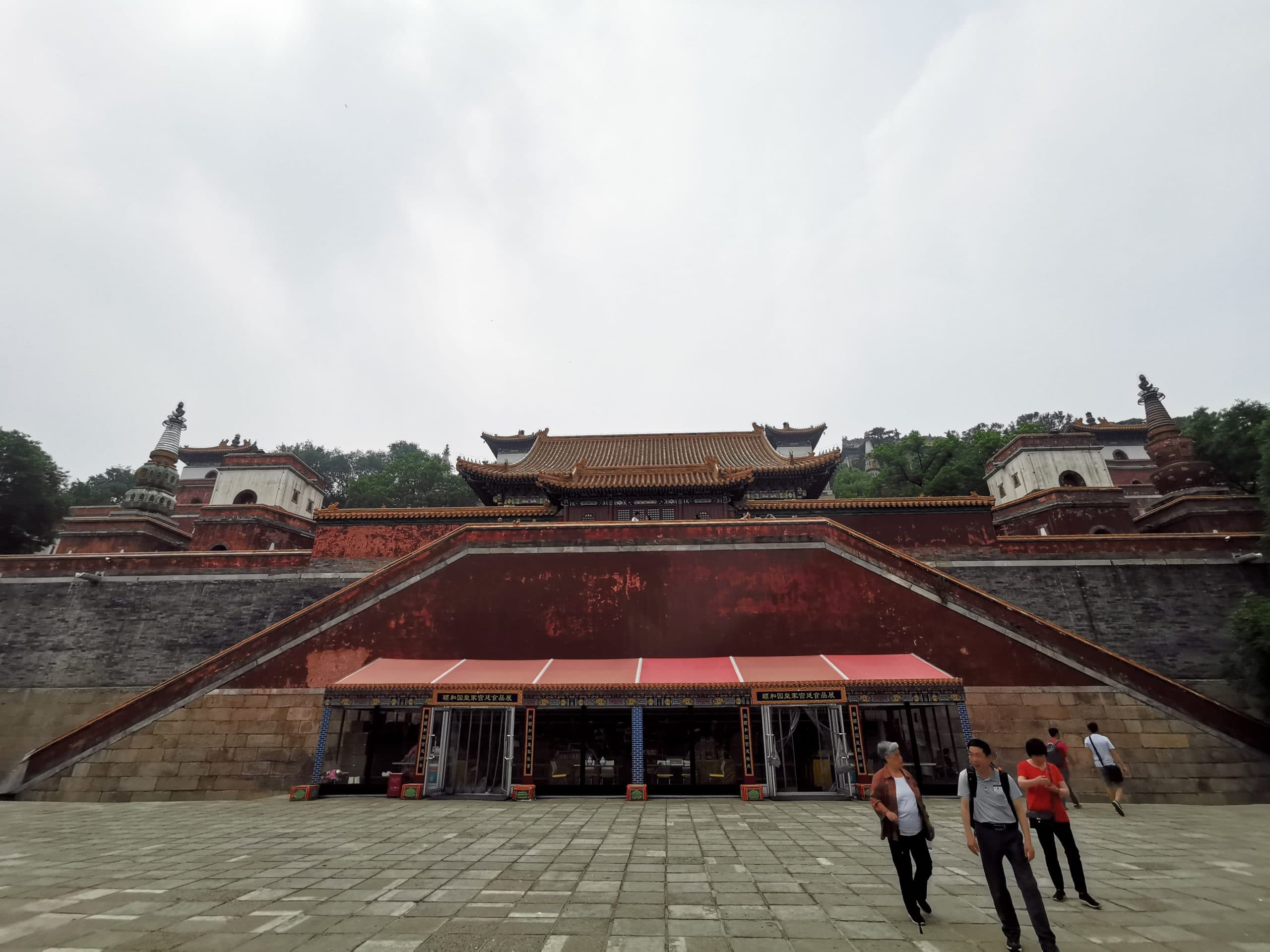
The Summer Palace’s design blends nature with temples and pavilions, symbolising harmony and balance. It has also earned the title of “the best-preserved imperial garden in the world”.
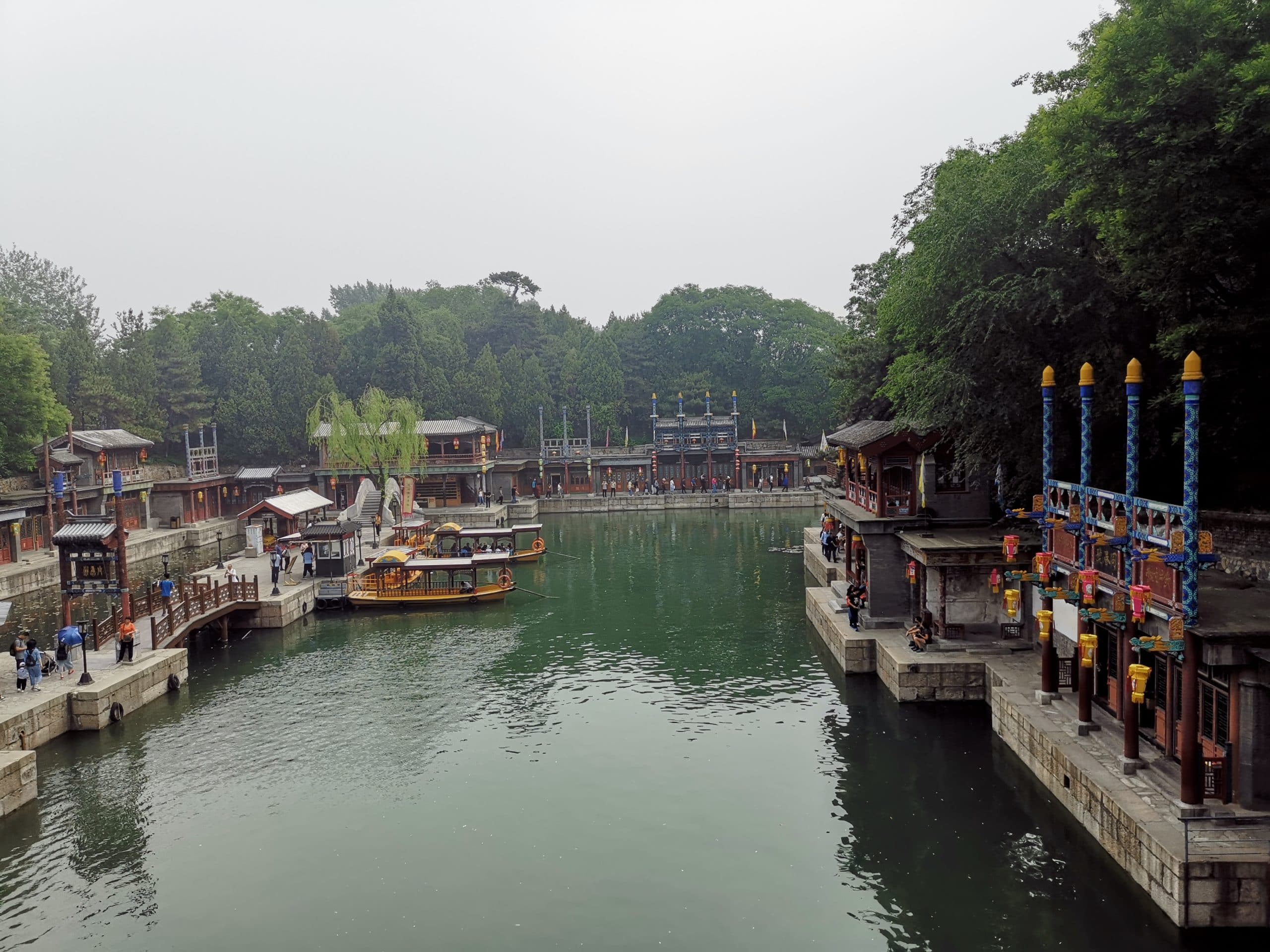
The Summer Palace covers an area of 716 acres, bigger than the Temple of Heaven and Forbidden City. To be fair, more than 75% of the Summer Palace is water thanks to the massive Kunming Lake that runs throughout the massive imperial garden.
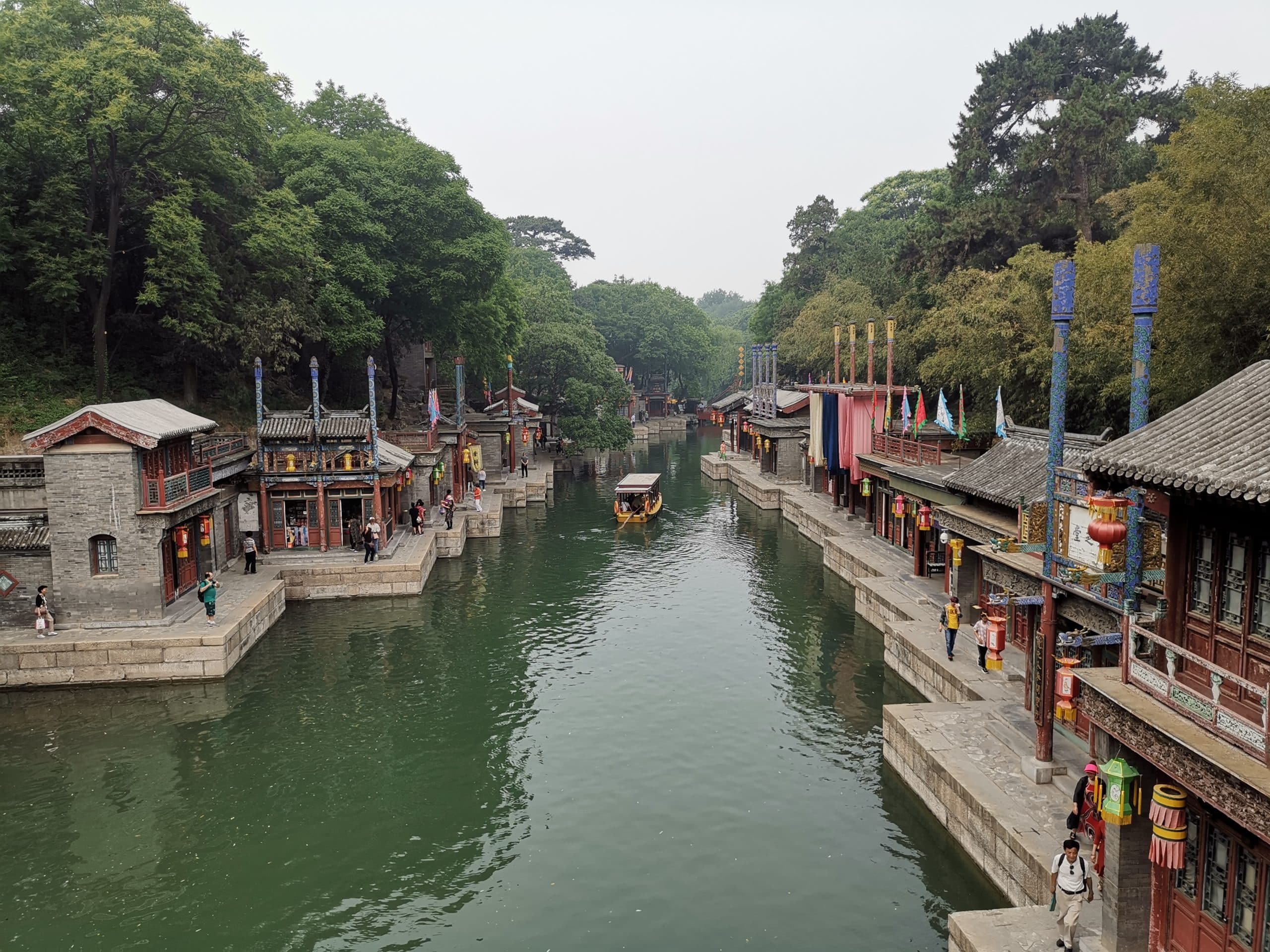
Apart from Kunming Lake, other highlights include The Long Corridor, Longevity Hill, The Marble Boat, and the Garden of Virtue and Harmony. We took a short boat ride to an island temple and explored the souvenir shops around the courtyards.
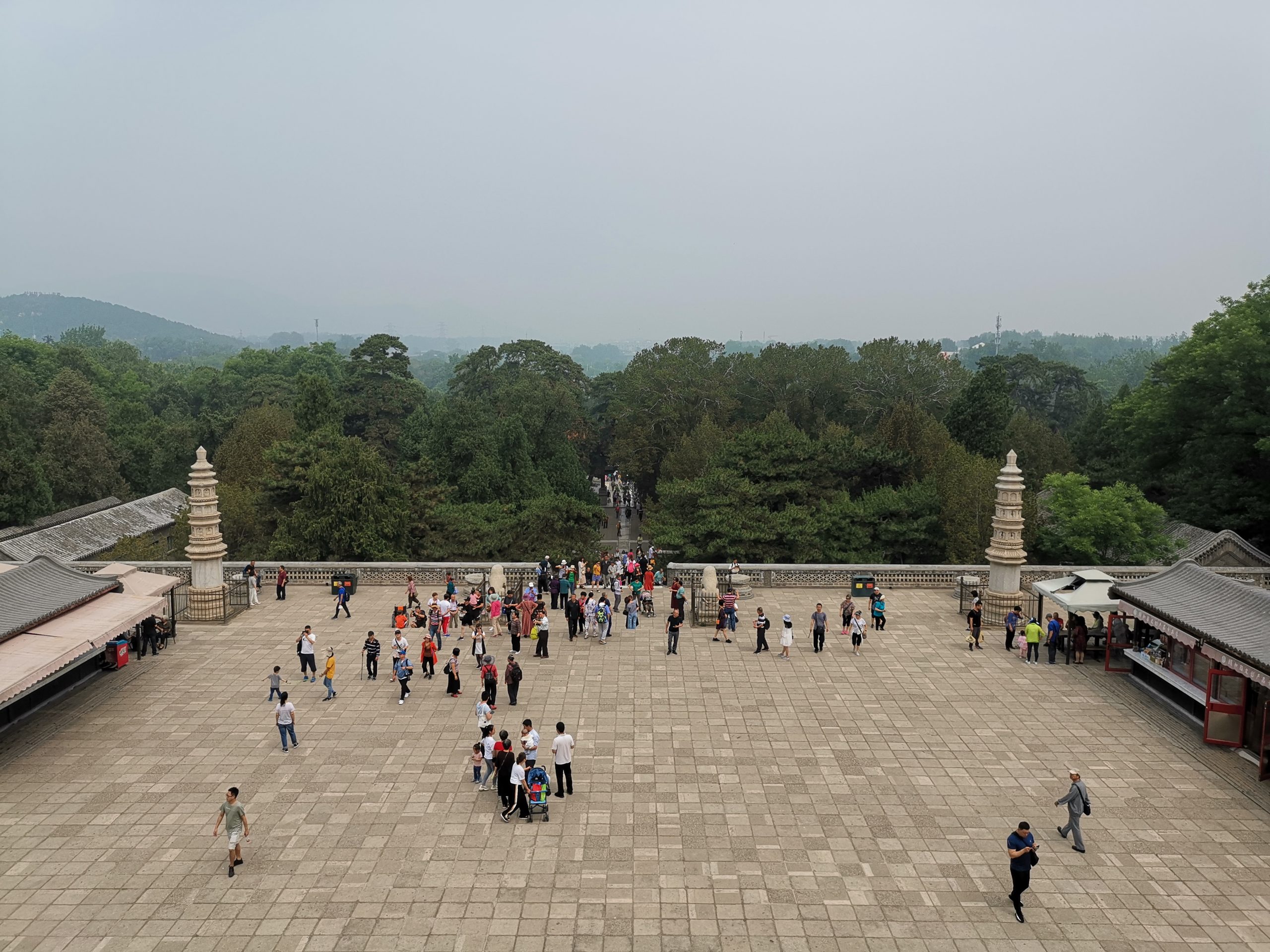
Wangfujing Street and Exotic Food
Every major city in China has a busy shopping district – colloquially known as “pedestrian street” – and it’s no different in Beijing. We took a subway to Wangfujing subway station and saw the prosperous shopping street for ourselves.
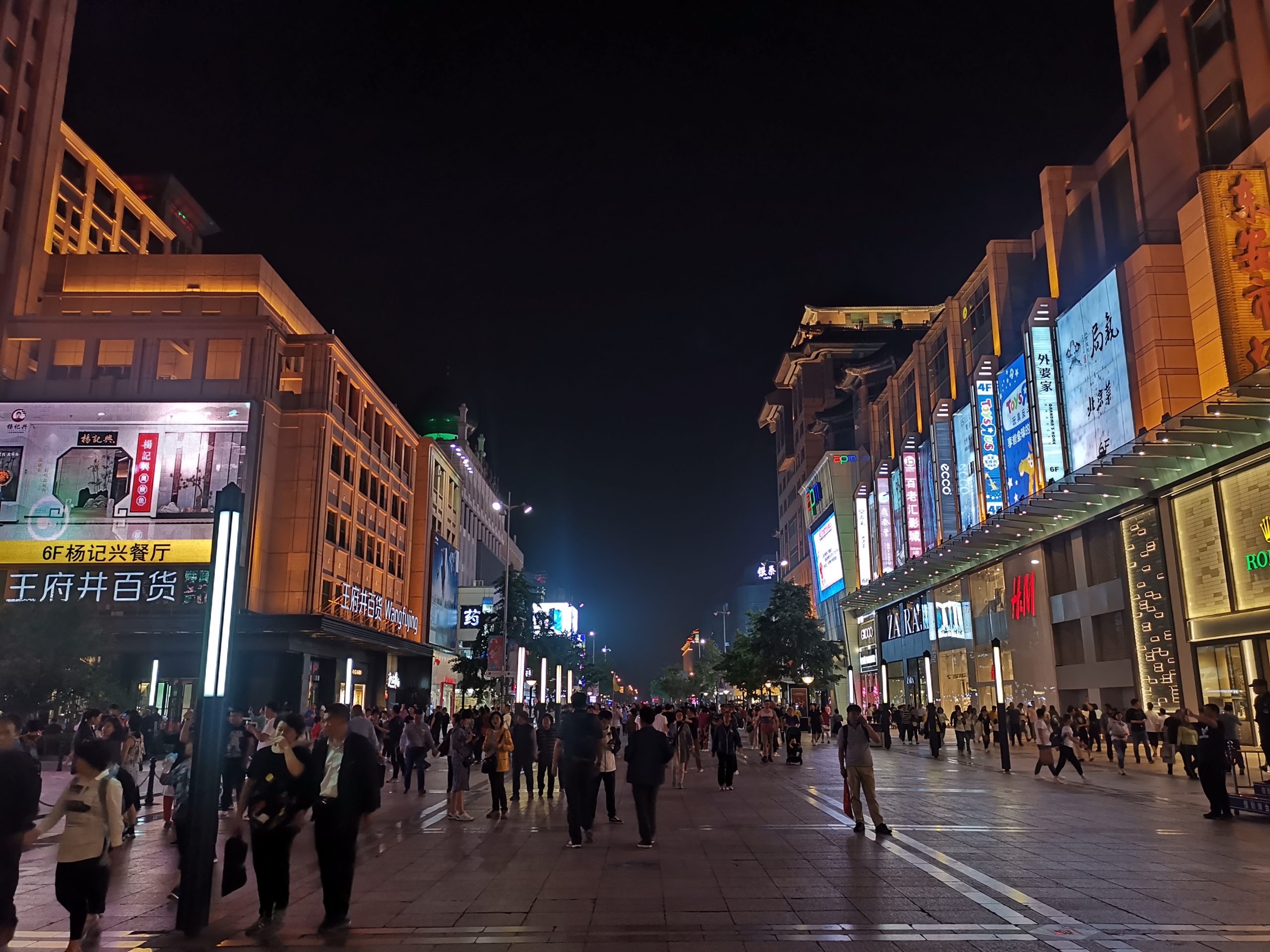
Wangfujing Street is 1.6 km long and filled with huge departmental stores and luxury boutiques, among small retail businesses and market-style shops. What’s more interesting is that this never-ending street has a long history of commerce spanning more than 700 years!
We could not have prepared ourselves for the exotic Chinese delicacies that awaited use at the Wangfujing Snack Street.
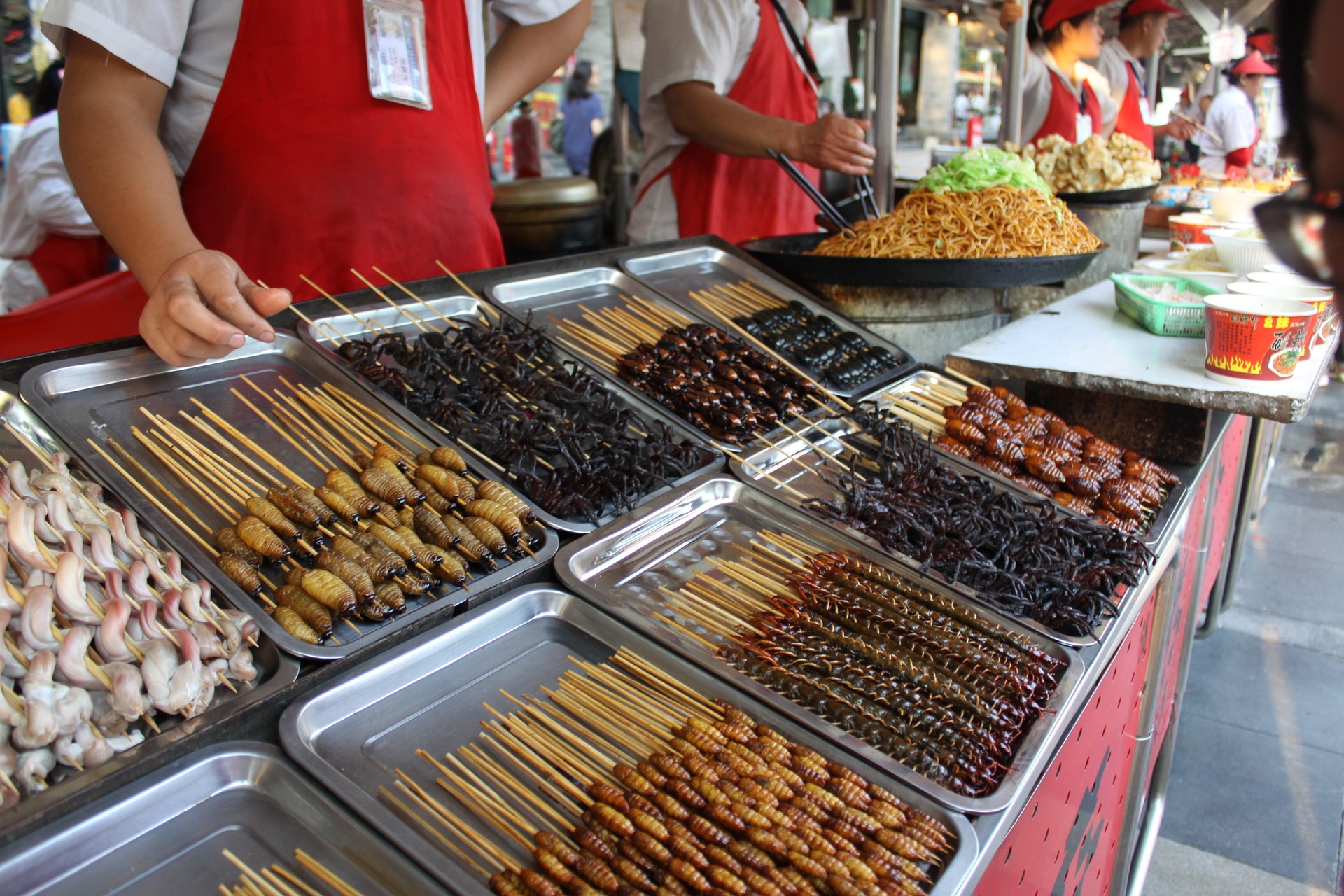
Beetles, starfishes, beetles, termites, bull testicles (yes, you read that right!), and all sorts of creepy crawlies you could think of – they’re all available for your brave taste buds. They also had live scorpions, freshly impaled onto the sticks and still moving, ready for deep-frying. It took us a lot of courage to just buy one stick for the novelty. Surprisingly, it tasted like crunchy potato chips with a nutty flavour!
Peking Duck
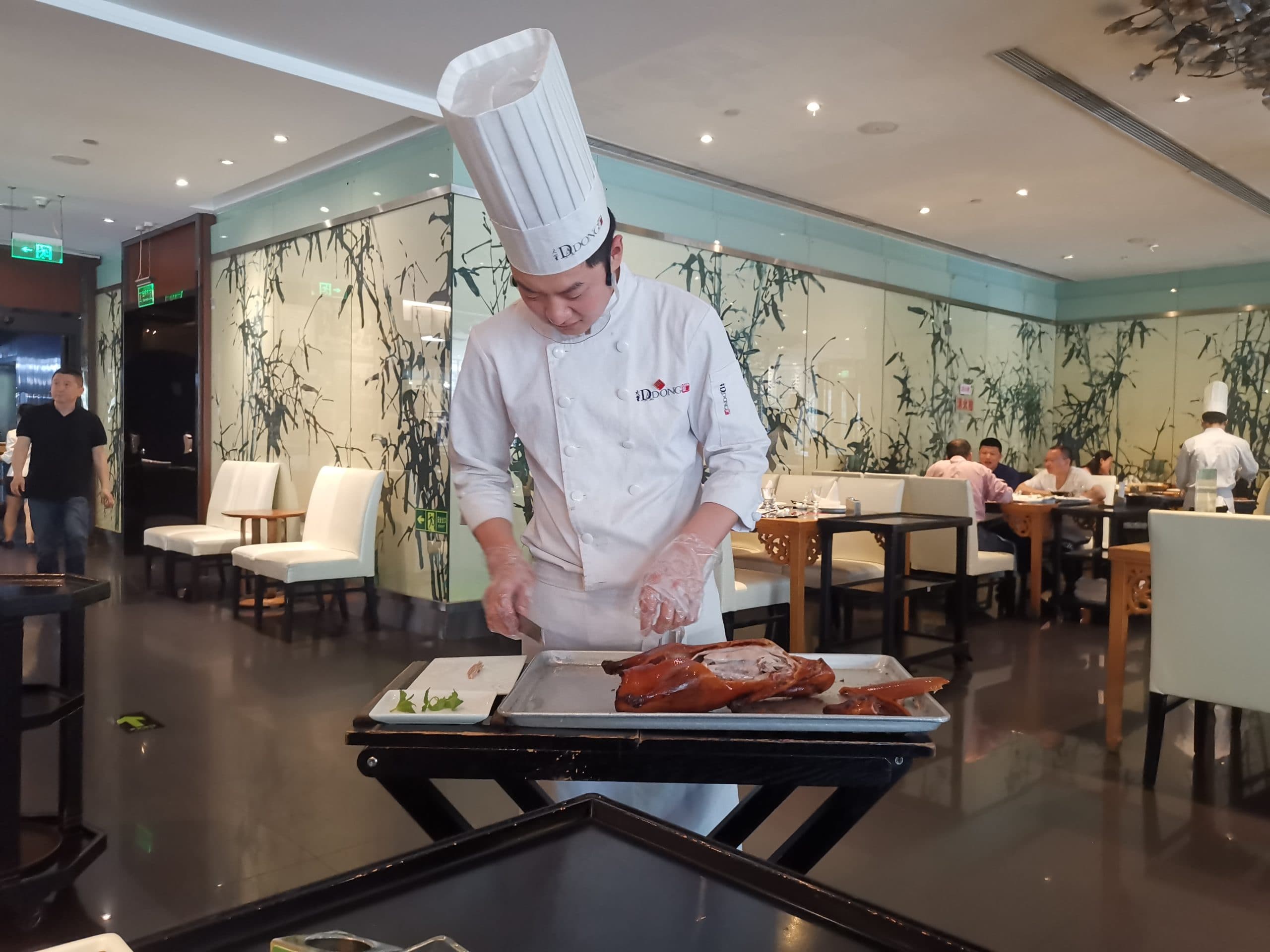
Beyond the street snacks (which were a sight to behold), the true dish every tourist in Beijing must eat is none other than the Peking Duck.
You can find Peking Duck in almost every local restaurant serving Beijing cuisine and its history traces back to the imperial era. We were presented with the whole duck at our table (just as how every Peking Duck is served) where our chef skillfully sliced it piece by piece in front of our very eyes.
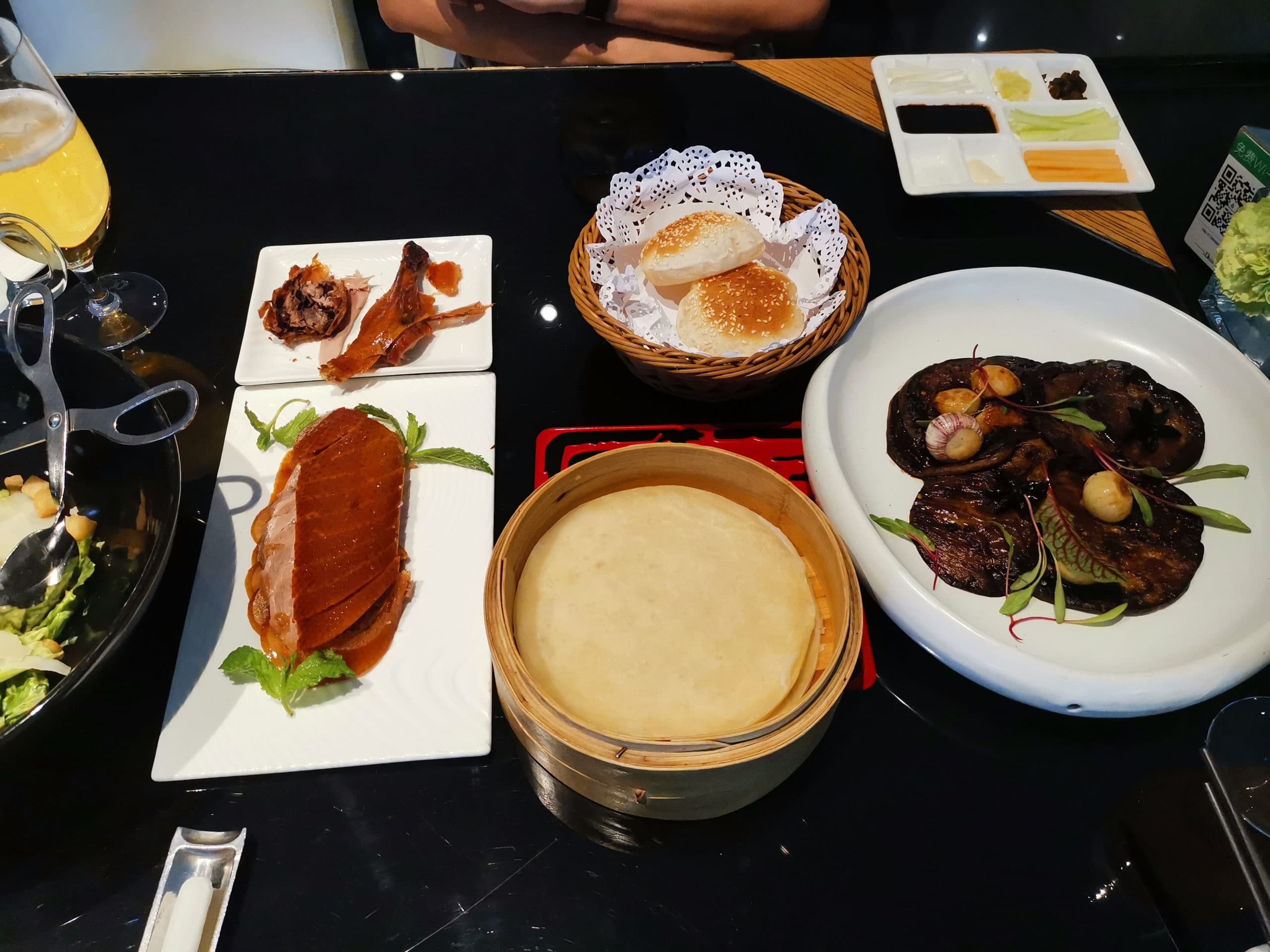
The duck’s skin is crispy thin and served alongside paper-like dough wrap. We had to wrap it ourselves with spring onions, cucumbers, and sweet savoury bean sauce. Absolutely delicious!
Sanlitun
If Wangfujing Street is the OG of all shopping districts in Beijing, then Sanlitun is the undisputed YG. Ask any local about the trendiest district and they would all point to Sanlitun.
Sanlitun is a hub for the most popular restaurants and bars, including giant retail fashion and luxury brands. We dived into the booming district and found ourselves amongst a diverse crowd of young, fashionable locals, and foreigners. They weren’t wrong to call Sanlitun the most happening place in Beijing!
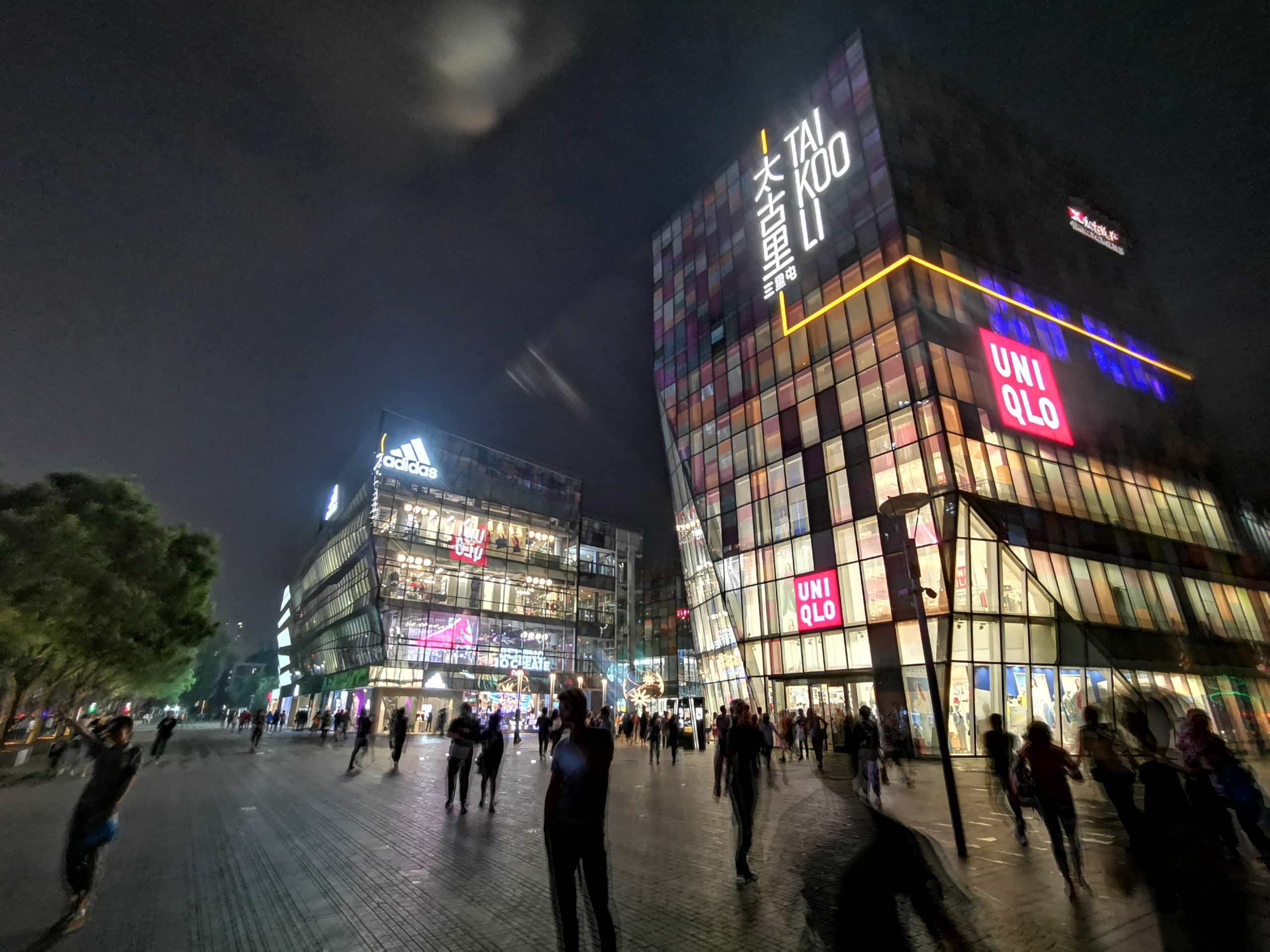
It was amusing to watch photographers snapping away at the trendy local youths. In all honesty though, seeing almost everyone so stylishly dressed, we definitely felt a little underdressed!
Our attention was quickly directed to the contemporary and brightly-lit Taikoo Li Sanlitun buildings. Apparently, it’s an open-air campus of 19 buildings that serve as an avant-garde nucleus for Sanlitun district. It’s divided into two sections: The Piazza (Taikoo Li South) and The Deck (Taikoo Li North). Both areas include countless fashion stores, dining places, a theatre, and even art galleries.
Though everything is pricier here, we still enjoyed chilling out here with our group of friends and spending our last night in Beijing at its hottest hangout.
Beijing Travel Tips

Where to Stay in Beijing: My Recommendations
Live like an emperor! The Emperor Tiananmen Beijing is a modern boutique hotel situated conveniently near Tiananmen Square and the Forbidden City. Its minimalistic rooms provide a cosy night’s sleep at an affordable rate. You can book rooms from just SGD $55 a night.
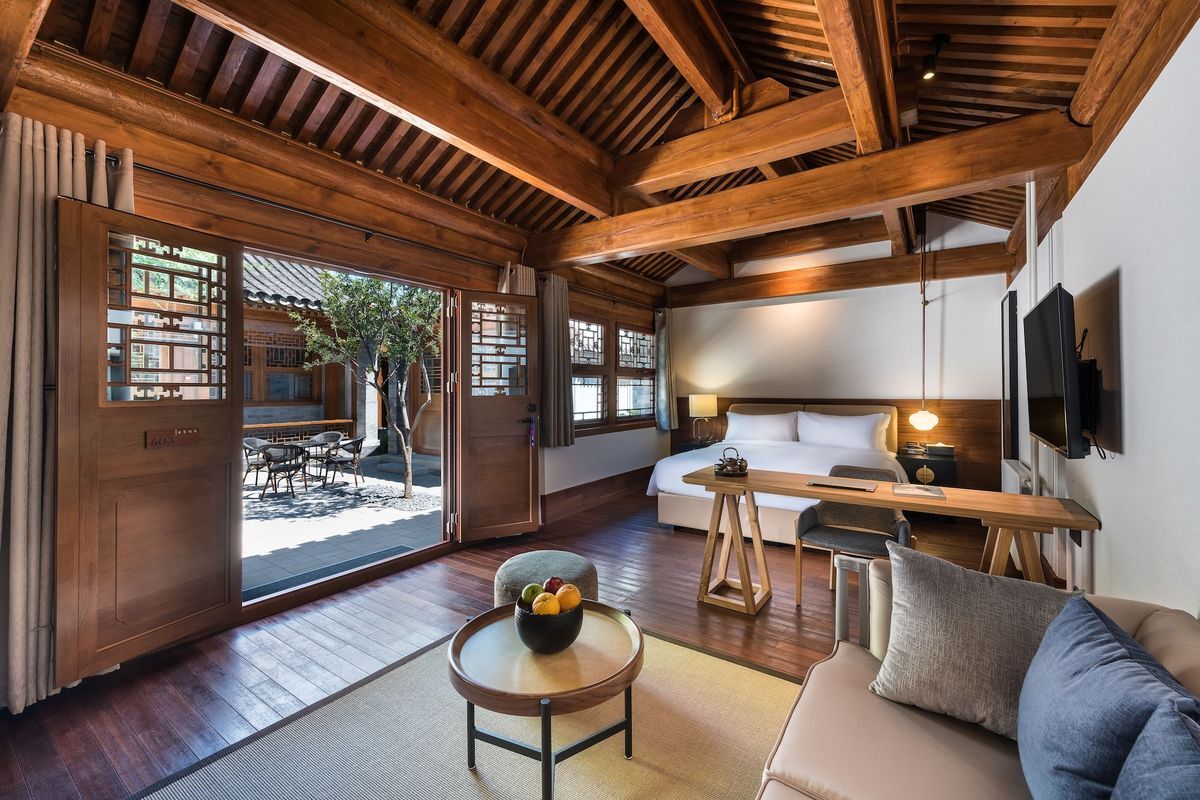
If you prefer immersing yourself in a more traditional setting, check out ManXin Qianmen Courtyard Hotel. It features an ancient style courtyard, blending contemporary architecture with traditional Chinese style. Best of all, it’s surrounded by antique low buildings which are actually rooms for you to stay in! Rooms start as low as SGD $130 per night – a steal for anyone interested to experience something truly unique.
Best Time to Visit Beijing: Spring and Autumn
The best times to visit Beijing are Spring (March to May) and Autumn (September to November). These are times when the weather is just nice and you’ll get beautiful sceneries with colourful leaves.
Though, you’d want to avoid periods where Beijing is especially filled with domestic tourists from all over China. These include national holidays as well as the Golden Week of the National day (first week of October).
[tabs]
[tab title=”Where to Stay” icon=”entypo-suitcase”]
[button style=’blue’ icon=”entypo-suitcase” url=’https://www.expedia.com.sg/Beijing-Hotels.d178237.Travel-Guide-Hotels’ fullwidth=’true’] Find Hotels in Beijing [/button]
[/tab]
[tab title=”Let’s Go!” icon=”entypo-flight”]
[button icon=”entypo-flight” url=’https://www.expedia.com.sg/Cheap-Flights-To-Beijing.d178237.Travel-Guide-Flights’ fullwidth=’true’] Flights to Beijing [/button]
[/tab]
[/tabs]